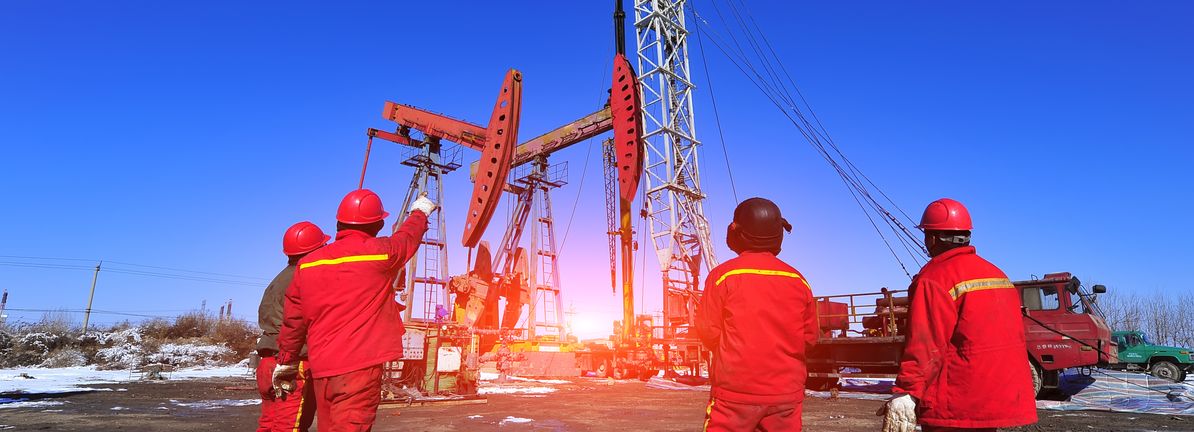Valaris (VAL) posted forecasted annual revenue growth of 1.2%, trailing far behind the broader US market’s 10.3% projection. In contrast, EPS is expected to grow at 16.5% per year, just edging past the US market average of 15.7%. However, net profit margins have pulled back to 16.5% from 47.5% a year earlier. Despite the recent margin compression, investors are weighing the solid valuation, with a price-to-earnings ratio of 10.3x that comes in well below both peer and industry averages, alongside the outlook for continued earnings growth.
See our full analysis for Valaris.
Next, we’ll put these headline numbers side by side with the most widely followed narratives about Valaris to see where the fundamentals confirm the story and where they raise new questions.
See what the community is saying about Valaris
NYSE:VAL Revenue & Expenses Breakdown as at Oct 2025
Valaris reported a $4.7 billion contract backlog, the largest it has seen in the last ten years, with multi-year agreements supporting future revenue visibility.
Analysts’ consensus view highlights that this expanding backlog is anchored by sustained global offshore demand and a deliberate focus on high-specification fleet utilization,
with planned offshore project commencements in 2026 to 2027 pointing to a steady pipeline of opportunities, and
a tightening rig supply expected to push utilization of advanced drillships above 90% within two years, bolstering pricing power and margin outlook.
Consensus narrative notes that robust contract wins, consistent with rising demand for deepwater projects, underpin earnings stability but come alongside operational risks such as reliance on a few large customers, reminding investors that backlog alone does not guarantee smooth conversion to realized revenue.
More than 75% of sanctioned deepwater spend is expected to be economic at oil prices below $50 per barrel, which helps insulate future revenues from oil price swings,
yet concentrated client exposure could introduce volatility if any major customer delays or reprioritizes capital spending.
To see how the key figures and claims play out in the full story, check the consensus view for a deeper dive into what analysts are watching most closely. 📊 Read the full Valaris Consensus Narrative.
Net profit margins currently stand at 16.5%, down sharply from 47.5% in the prior year, yet are expected by analysts to rebound to 19.1% over the next three years.
According to the consensus narrative, ongoing high operational efficiency, with 96% revenue efficiency last quarter, and customer-funded upgrades provide meaningful support for future margin resilience,
as active cost discipline and divestiture of non-competitive rigs help defend free cash flow even as near-term margins remain pressured, and
day rates for seventh-generation drillships, now 25% higher than prior generations, add further margin tailwinds as fleet utilization rises.
Story Continues
Valaris trades at a price-to-earnings multiple of 10.3x, which is substantially below both its peer group average of 19.7x and the broader Energy Services industry’s 16.5x, reinforcing its value appeal.
Within the consensus narrative, analysts note that this valuation discount is justified by the company’s strong earnings quality and forecasted 16.5% annual earnings growth,
with the current share price of $57.70 sitting just 11% above the consensus analyst price target of $52.00, suggesting limited implied upside near term, and
the market viewing Valaris as fairly valued given a moderate growth outlook and only minor flagged risks currently present.
To see how these results tie into long-term growth, risks, and valuation, check out the full range of community narratives for Valaris on Simply Wall St. Add the company to your watchlist or portfolio so you’ll be alerted when the story evolves.
Got a unique take on the numbers? Share your perspective and shape your view of Valaris in just a few minutes. Do it your way.
A great starting point for your Valaris research is our analysis highlighting 3 key rewards and 2 important warning signs that could impact your investment decision.
While Valaris shows ongoing earnings growth and a value discount, its shrinking profit margins and uneven near-term profitability could concern investors seeking steadier results.
If reliability matters most, use our stable growth stocks screener (2113 results) link to focus on companies demonstrating consistent revenue and earnings growth regardless of the cycle.
This article by Simply Wall St is general in nature. We provide commentary based on historical data and analyst forecasts only using an unbiased methodology and our articles are not intended to be financial advice. It does not constitute a recommendation to buy or sell any stock, and does not take account of your objectives, or your financial situation. We aim to bring you long-term focused analysis driven by fundamental data. Note that our analysis may not factor in the latest price-sensitive company announcements or qualitative material. Simply Wall St has no position in any stocks mentioned.
Companies discussed in this article include VAL.
Have feedback on this article? Concerned about the content? Get in touch with us directly. Alternatively, email editorial-team@simplywallst.com

